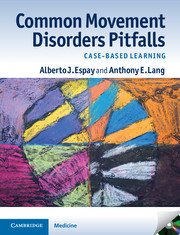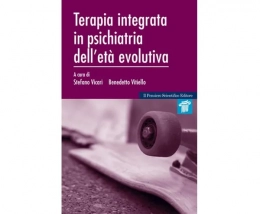Non ci sono recensioni
Visual observation of patients is crucial in the diagnosis of movement disorders. Such observation can be subject to many pitfalls. The powerful lessons in this case-based book will help the reader appreciate diagnoses missed or wrongly attributed, movements difficult to characterize, tests inappropriately ordered or interpreted, and treatments incorrectly chosen or dosed. The wisdom of hindsight thus generated becomes an invaluable and enduring lesson. Organized in nine chapters according to the categories of errors and oversights, each case conveys a specific set of clinical pearls on diagnostic or therapeutic issues. The text is written in a coaching style, buttressed by the strong pedagogic wisdom of the authors. The 'hard questions' after each case are meant to steer the discussion straight into the pitfalls - and how they could have been avoided. Video segments on the accompanying CD-ROM are important complementary data, critical to a field so intimately dependent on phenomenological clues.
• Includes the most common movement disorders encountered by practising neurologists - will be immediately relevant to all trainees
• Case-based approach to learning - allows wide coverage of conditions, highlighting the particular aspect of each condition that commonly causes difficulty
• Questions addressed to the reader - maintains interest and heightens the real-life feel of the book
• Well-illustrated, including patient material, radiographic studies and video content - will help clinicians detect and identify characteristic abnormalities
Preface
1. Missing the diagnosis altogether
2. Attributing findings to a known or suspected disorder
3. Clinical findings that are subtle
4. When movement disorders are difficult to characterize
5. Over-reliance on negative test results
6. Failure of pattern recognition
7. Testing pitfalls of commission or omission
8. Missing radiographic clues
9. Management misadventures
Further reading
Appendix: video legends
Index.




